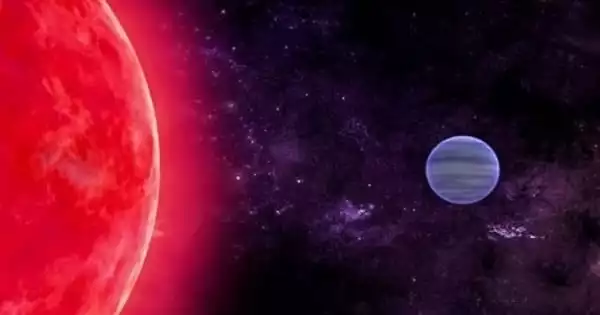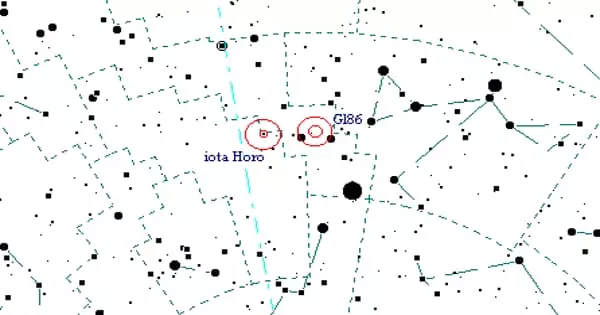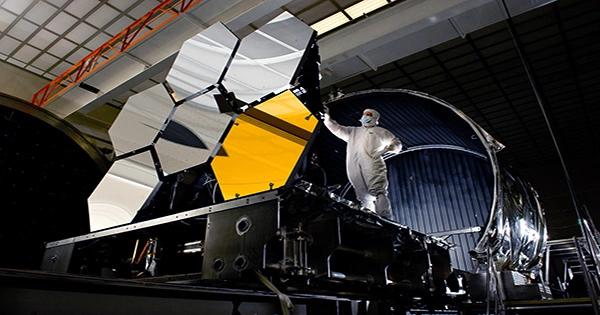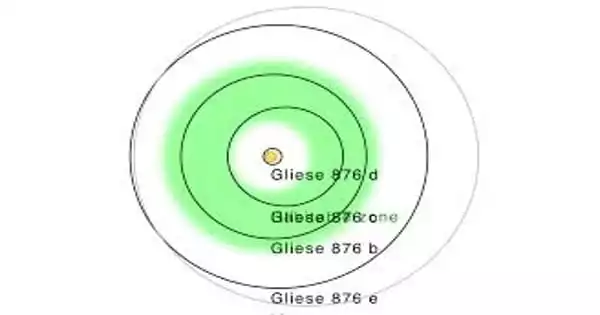Gliese 436 is a red dwarf located approximately 31.8 light-years (9.7 parsecs) distant in the zodiac constellation of Leo. It is a somewhat dim main sequence orange-red or red dwarf star with the spectrum and brightness of M2.5-3.5 V. It has an apparent visual magnitude of 10.67, which is far too weak to be viewed with the human eye. It can, however, be seen with even a small telescope with a 2.4 in (6 cm) aperture.
The presence of an extrasolar planet, Gliese 436b, circling the star was confirmed in 2004. Later, it was determined that this planet was transiting its host star. The star could have 44 to 51 percent of Sol’s mass and 2.5 percent of its bolometric-corrected luminosity in the vicinity of 42 to 46 percent of its diameter. It may be over 11 billion years old and a part of the Milky Way’s old disk star population, according to kinematic and chromospheric research.
Properties
Gliese 436 is a red dwarf with a magnitude of M2.5V. According to stellar simulations, the size is around 42 percent of the radius of the Sun. According to the same model, the outer atmosphere has an effective temperature of 3,318 K, giving it the orange-red color of an M-type star. Small stars like this one produce very little energy, accounting for only 2.5 percent of the Sun’s luminosity.
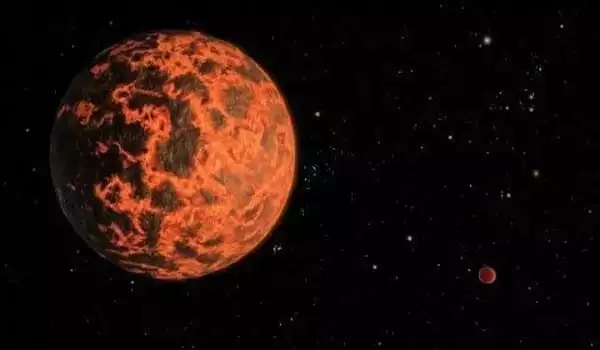
Planetary system
The star is orbited by one known planet, Gliese 436 b. The planet has an orbital period of 2.6 Earth days and transits the star as seen from Earth. It has a mass of 22.2 Earth masses and a radius of approximately 55,000 km, giving it a mass and radius similar to the ice giant planets Uranus and Neptune in the Solar System.
In general, Doppler spectroscopy measurements do not measure the true mass of the planet, but rather the product m sin I where m is the true mass and I is the orbital inclination (the angle between the line-of-sight and the normal to the planet’s orbital plane), a quantity that is generally unknown.
However, for Gliese 436 b, the transits allow the inclination to be determined because they demonstrate that the planet’s orbital plane is quite close to the line of sight (i.e. that the inclination is close to 90 degrees). As a result, the quoted mass is the actual mass. The planet, known as a “hot Neptune,” is considered to be mostly made of heated ices with an outer envelope of hydrogen and helium.
